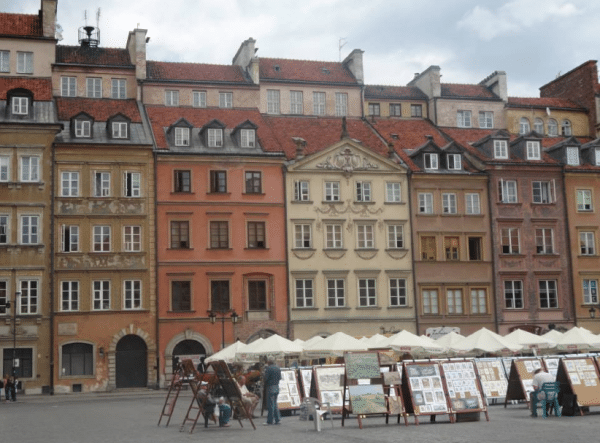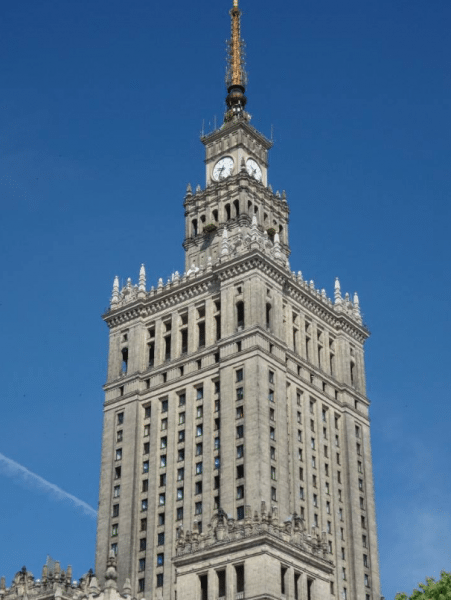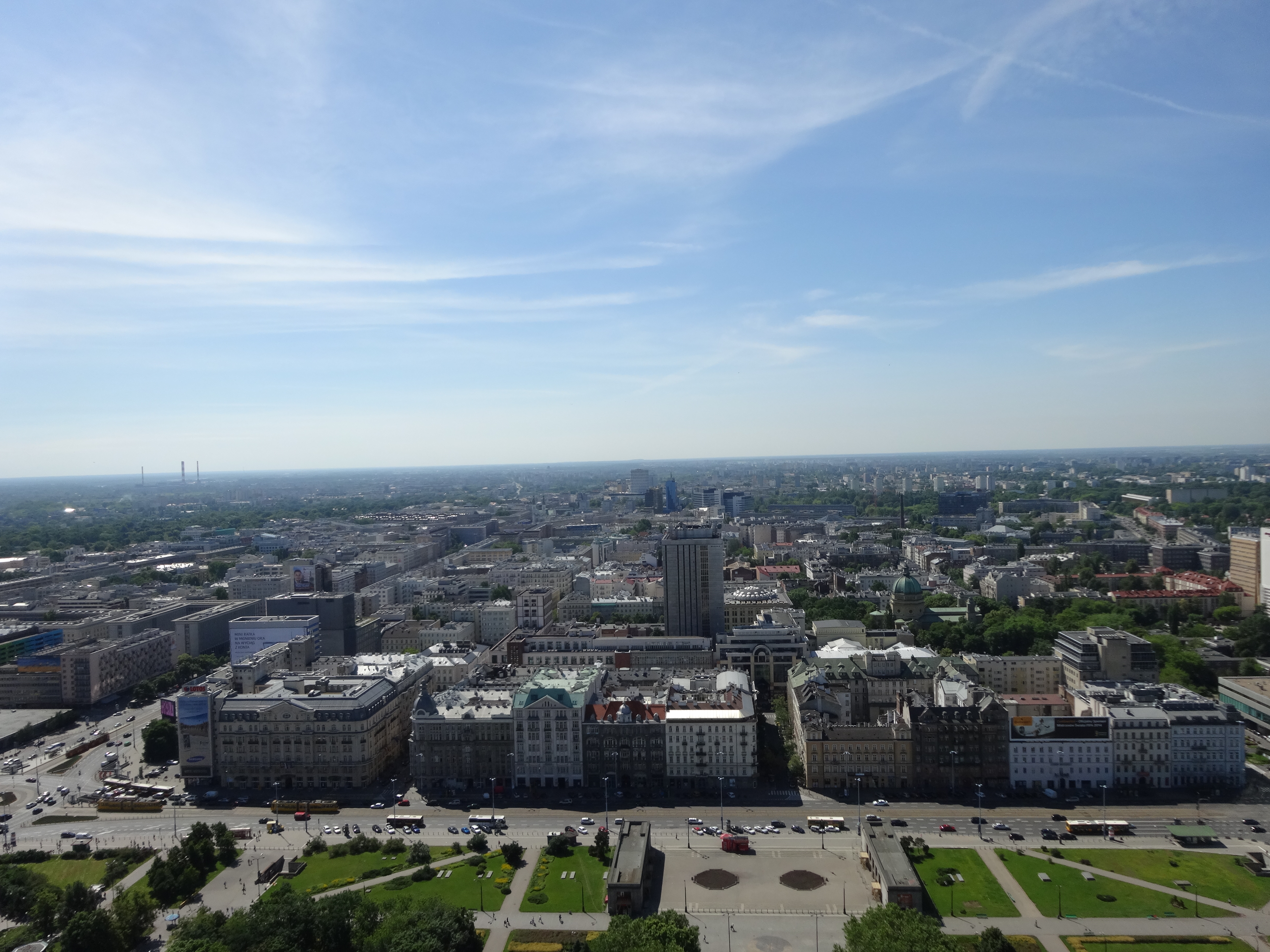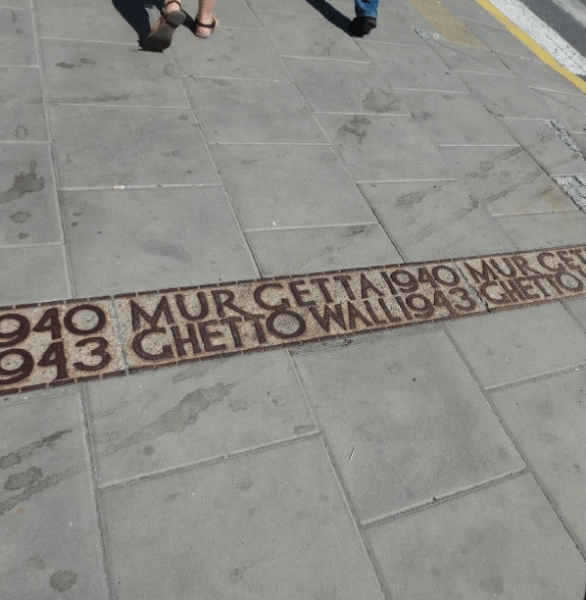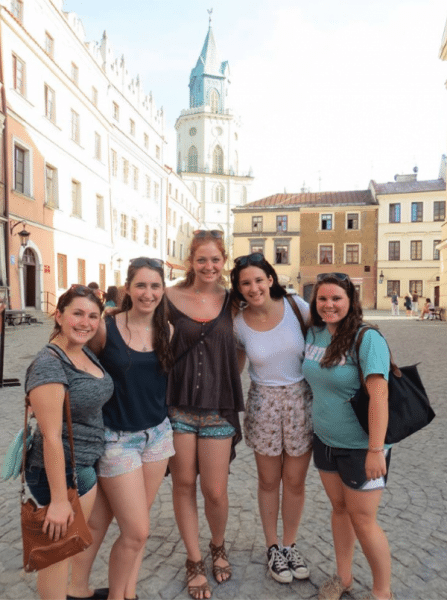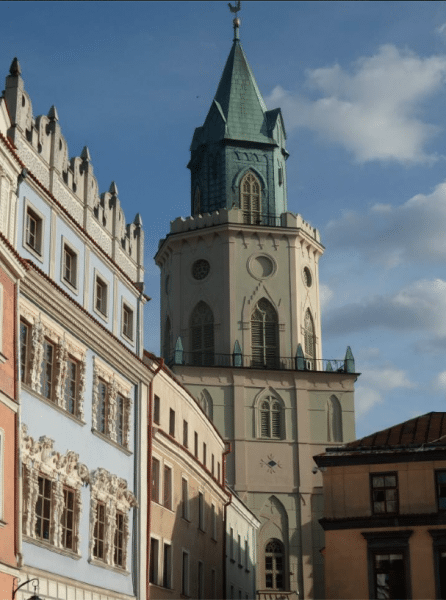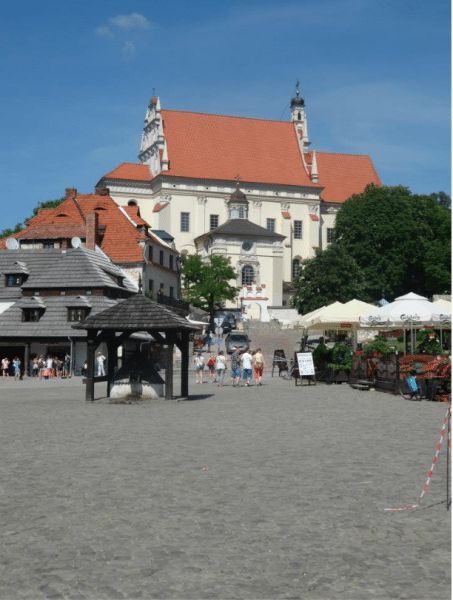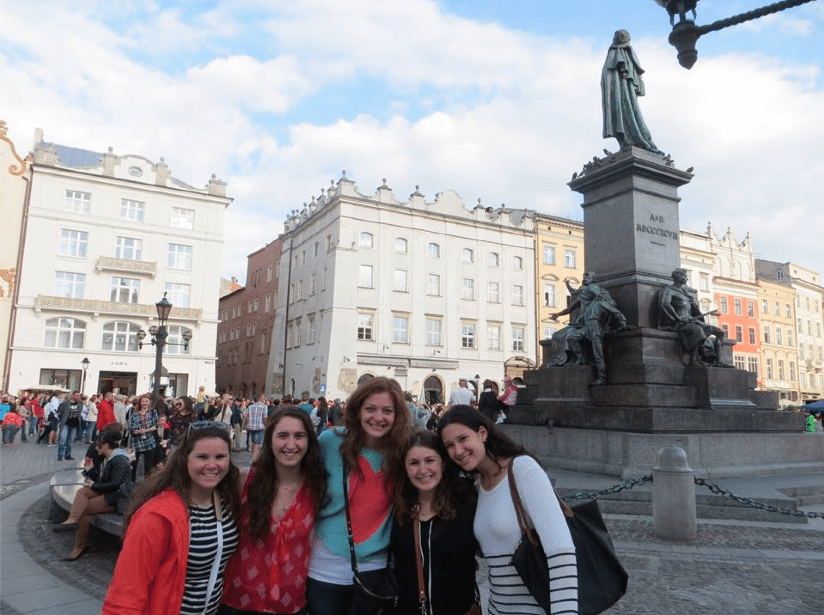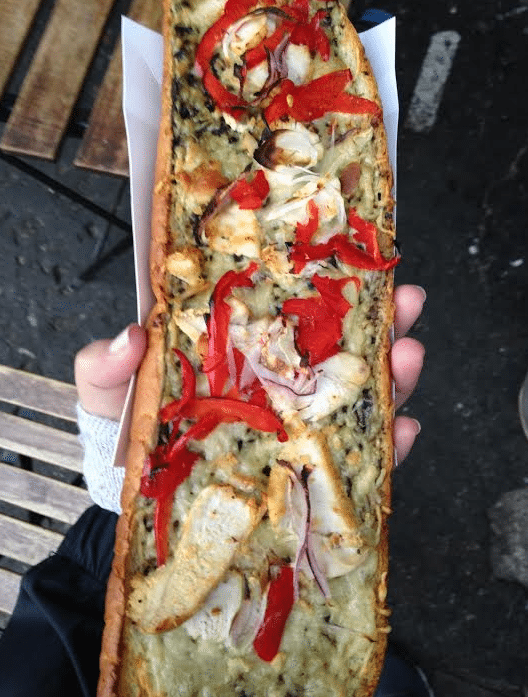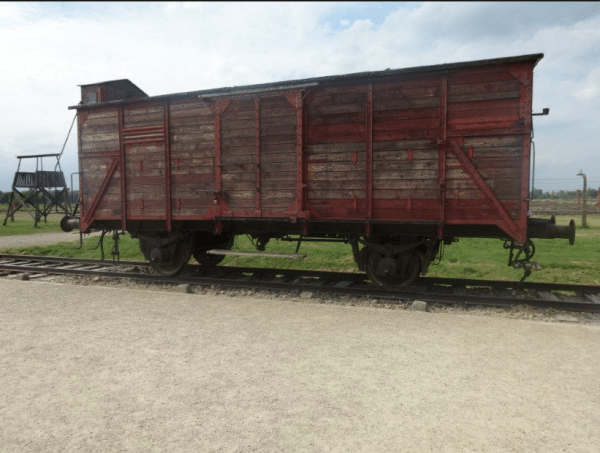Poland Calling: Warsaw, Lublin and Krakow
The old town of Warsaw.
Story & photos by: Jamie Weissman
When you think of a getaway, you might imagine days filled with cold, salted margaritas and toes in the sand. But I decided to take a different approach towards my summer travels- I decided to visit Poland. It turned out to be an enriching learning experience and offered not only a glimpse into the country’s past but also my own heritage. Here are the three cities I visited and points of interest I recommend you see, whether you are a history buff or just a curious traveler.
WARSAW
For a city almost completely leveled during World War II, Warsaw, the capital of Poland, has made significant architectural progress in the past 69 years. With old and new buildings paired side-by-side, the city serves as a reminder that Poland was once a war-torn country but through strength and rehabilitation, has learned to prosper.
1. The Palace of Culture and Science
At 757 feet, then Soviet dictator Joseph Stalin’s gift from the Soviet people to the Polish nation stands as the tallest building in the country. Complete with cinemas, bookshops, theaters, and museums, the monument is visible from most points in Warsaw. Visit the top floor for a bird’s eye view of this historic city.
The Palace of Culture and Science.
A view of Warsaw from the top of the Palace of Culture.
2. The Old Town
Filled with vendors, food and colorful architecture, the oldest part of Warsaw is a picturesque and a popular tourist destination. Spend a day wandering around the Old Town for an authentic taste of Poland – literally and figuratively– between art vendors (think paintings and figurines) and delicious local culinary delicacies, it is sure to be a day well spent.
3. Warsaw Ghetto sites
The Warsaw Ghetto was the largest of all Jewish ghettos during Holocaust. Today the site of the ten foot walls that enclosed over 400,000 Jews is outlined throughout the city. When I first arrived, I found it hard to fathom how people can live in a place with such a sad history. But after seeing the former ghetto sites, I realized the city serves as a memorial to those who needlessly lost their lives and as a reminder that life in modern Poland has to go on. Take a walking tour to understand the size (1.3 square miles) of the ghetto and reflect on the multiple memorial sites along the way. It’s a sobering and eye-opening experience.
An outline to show the former Warsaw Ghetto site.
LUBLIN
After a somber visit to Warsaw, why not take in a relaxing day of site-seeing? Lublin has a castle fit for royalty and eye-catching color all around. Roam the city by foot to take advantage of great photo opps and plenty of delicious (and strong) cups of coffee.
Posing in Lublin’s main square with travel friends.
The pronounced features of the main square’s buildings.
1. Kazimierz Dolny
On your way to Lublin, be sure to stop at Kazimierz Dolny on the outskirts, a small town that even before visiting, is exactly what I imagined Polish cities to look like. With terracotta-colored roofs and a large, open market square, this small city is one of my top recommendations. Try some Lody (Polish for ice cream!) and enjoy the orange roofs against blue skies.
Kazimierz Dolny.
2. Grodzka Gate – Theatre NN
The Grodzka Gate was formally known as the place where the Jewish and Christian sections of Lublin were divided. Today, it is a place that symbolizes just the opposite, a place where people of different cultures and religions peacefully meet. When you walk through, you will find the entrance to Theatre NN, a place that strives to raise awareness of Lublin’s rich history and the devastating Holocaust that scarred the country.
KRAKOW
Krakow, the former capital, is known as the “pearl in the crown” of Poland, and it’s easy to see why. The city is littered with historic buildings and an evident rich culture. But don’t let the history fool you. Krakow has also received the very modern description of Poland’s college town, complete with a thriving social scene and bars on every corner.
Shopping in Krakow’s main square.
1. Krakow’s Old Town
Similar to Warsaw’s Old Town, Krakow’s Old Town offers a sprawling main square of vendors, food, and site-seeing. Be sure to check out St. Mary’s Basilica, which is visited by the faithful and tourists alike. The church became a basilica in 1963 and is one of the most famous sights in the country. And according to local tradition, if you wave at the trumpeters and they wave back, it’s good luck! End your day with a Zapiekanka: The open-faced sandwich is easily one of the best things you’ll eat in the country. Trying to lay off the carbs? Try a piece of Poland’s infamous Kielbasa (sausage) for a equally savory snack.
St. Mary’s Basilica in Krakow.
A (large) Zapiekanka worth every bite!
2. Auschwitz-Birkenau
Located just an hour away from Krakow in a small city called Oswieciem is Auschwitz-Birkenau, one of the most notorious concentration camps in Europe. Whether you have a personal connection, like me, or not it is definitely a site worth visiting to better understand historical events that shaped the world. Take a guided tour of the camps to learn about each site and the devastating events that led up to modern day Poland.
A train car at Auschwitz-Birkenau.
3. Galicia Jewish Museum
With its close proximity to Auschwitz, Krakow was on the front lines of the Holocaust and World War II. Visit the Galicia Jewish Museum for an overview of Poland then and now. You will get a full view and better understanding of how the country has rebuilt and regained a thriving culture.
My visit to Poland allowed me to experiences pieces of World War II history that I never would’ve learned had I not seen first hand. I gained insight into what my family experienced and can guarantee a journey to Poland will give you a better perspective of how modern Polish culture, is deeply influenced by the historic world events of the not so distant past.
